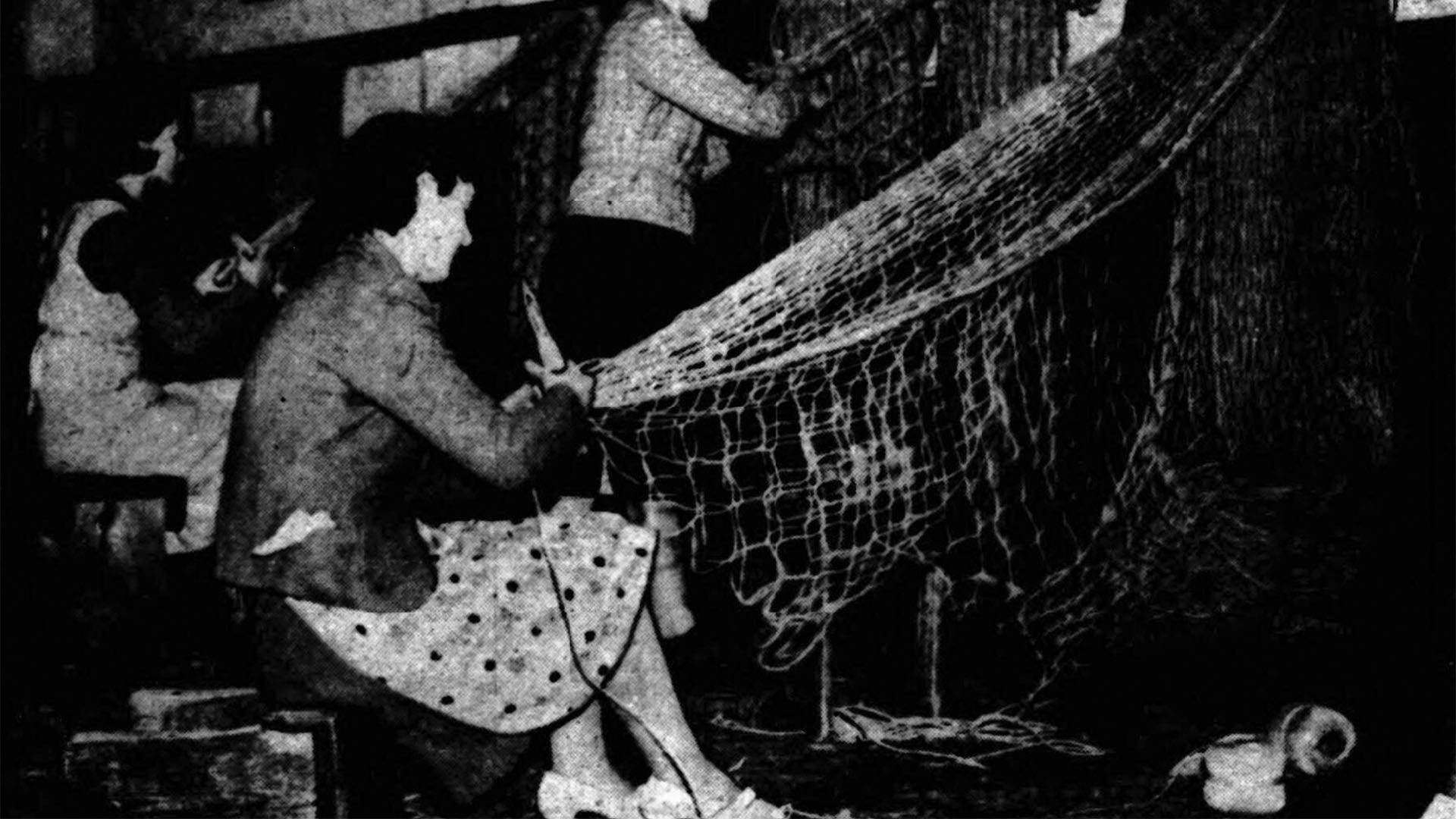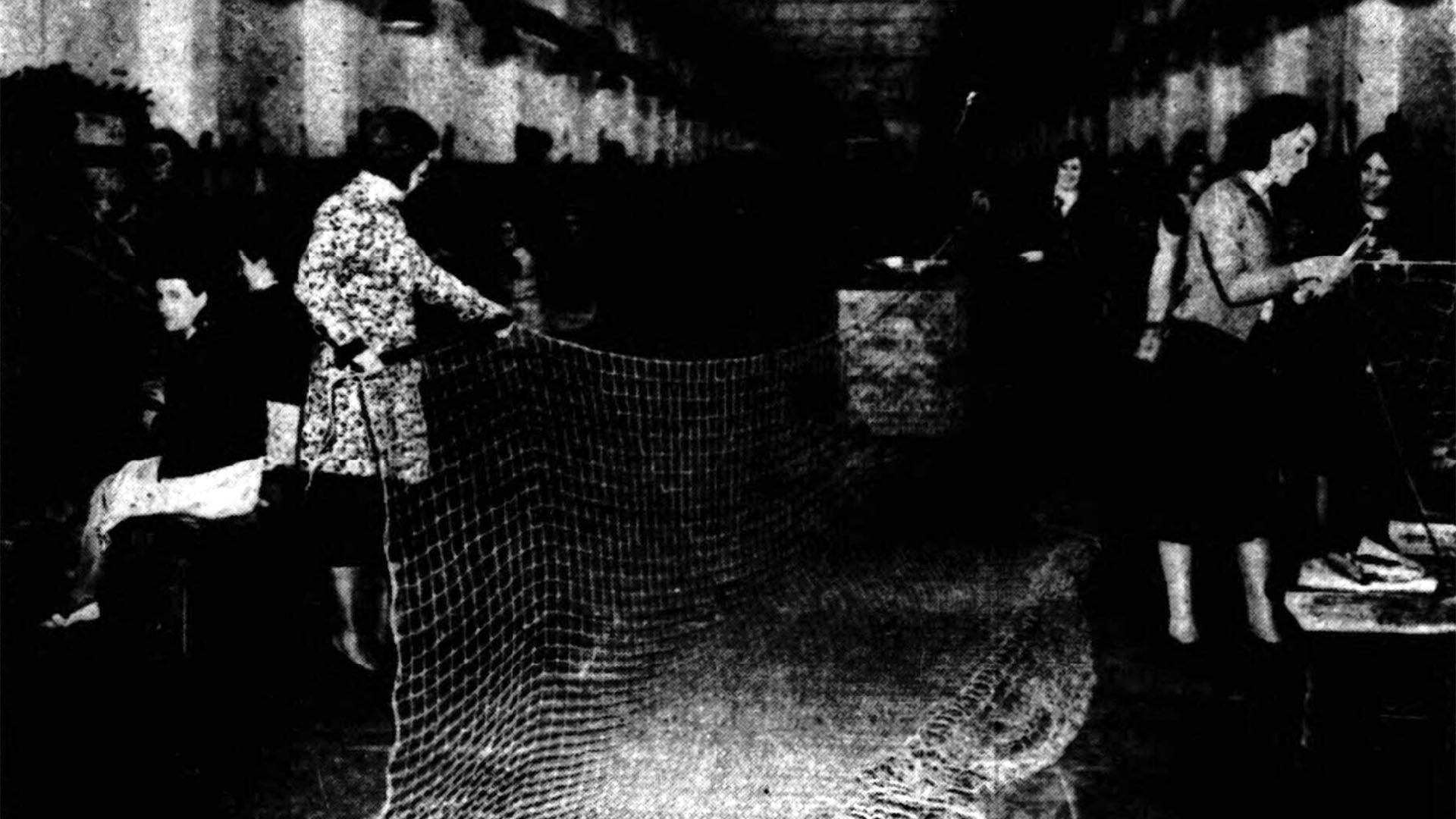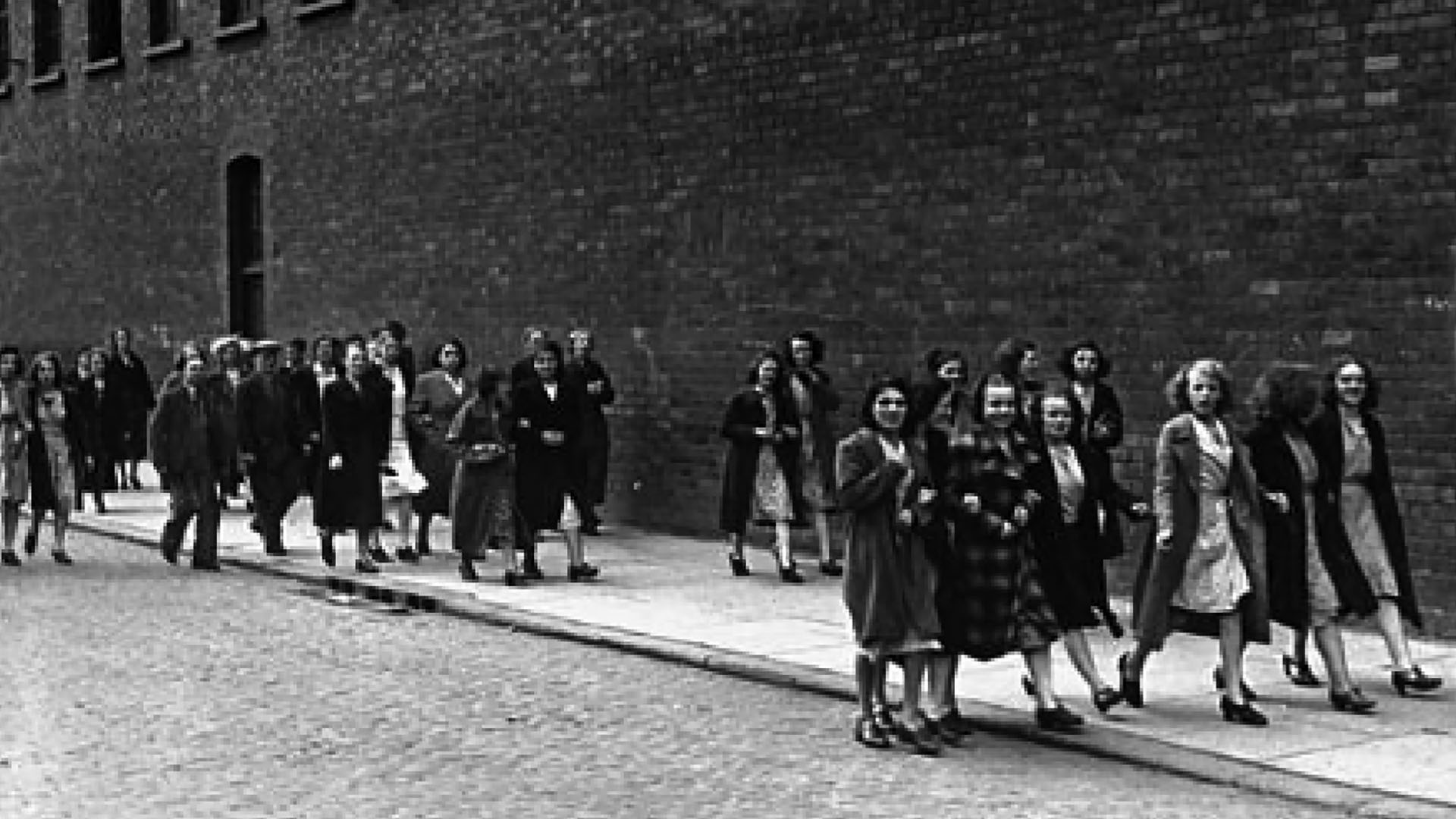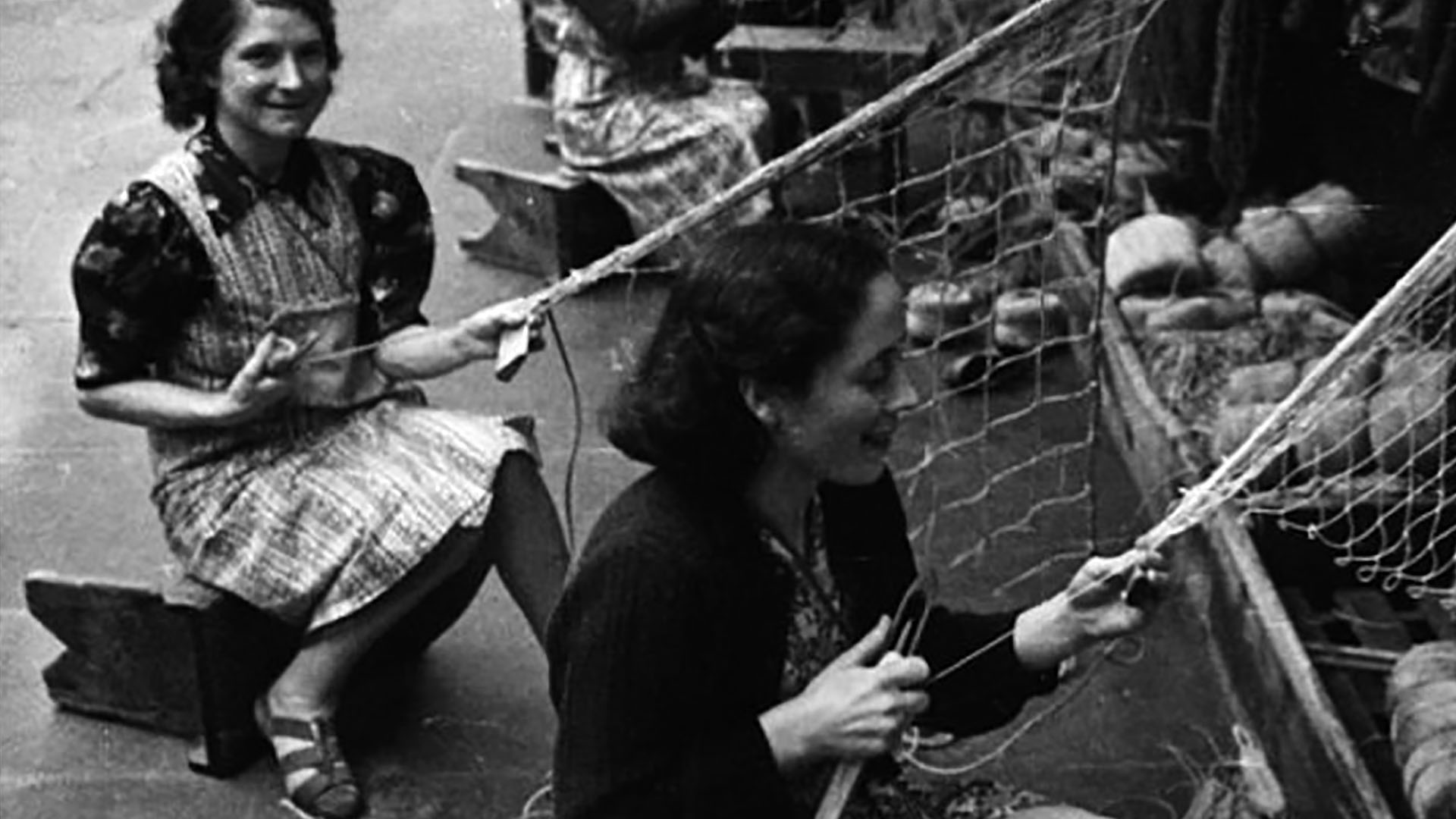By the outbreak of the Second World War, the Belfast Ropework Company was the largest in the world. Between 1939 and 1945, it manufactured a third of all rope and cord used by Allied forces.
In 1871, William Holmes Smiles acquired half of the rope walk. In 1876, Smiles established the Belfast Ropework Co. as a limited company along with partners including Gustav Wolff of the Harland and Wolff Shipyard. The site at Connswater, at first, employed 50 people with Wolff as Chairman and Smiles in the role of Managing Director. Wolff’s partner in the shipbuilding world, Edward Harland, soon also became a major shareholder.
The rope manufacturing industry grew at a huge rate alongside shipbuilding in Belfast. By 1880, the workforce stood at 300 people at Connswater, Belfast. Barges traveled up and down the Connswater River. They brought raw supplies from the docks and transporting finished ropes to Queen’s Island.
From 1897, the company was on the Belfast Stock Exchange and exported goods across the globe. By the time of William Holmes Smiles’ death in 1904, over 3,000 people worked at the Belfast Ropework Co. on a site spanning 40 acres with sheds at Connswater, Bloomfield, and Pottinger. His successor was John McCandless who worked his way up through the company over the years. By 1919, 3,500 workers and 150 clerks served more than 100,000 customers.
Throughout the Second World War, the Belfast Rope Works produced many goods for use by the Allied forces. These included camouflage netting that could conceal vehicles.
Following the war, the company went into decline. It merged with other textile firms in the 1970s, becoming the McLeery L’Amie Group in 1972. Around this time, the workforce switches from hemp to synthetic fibres. A drop in demand for rope and twine combined with cheaper imports from overseas lead the Belfast Rope Works to close in 1979.



